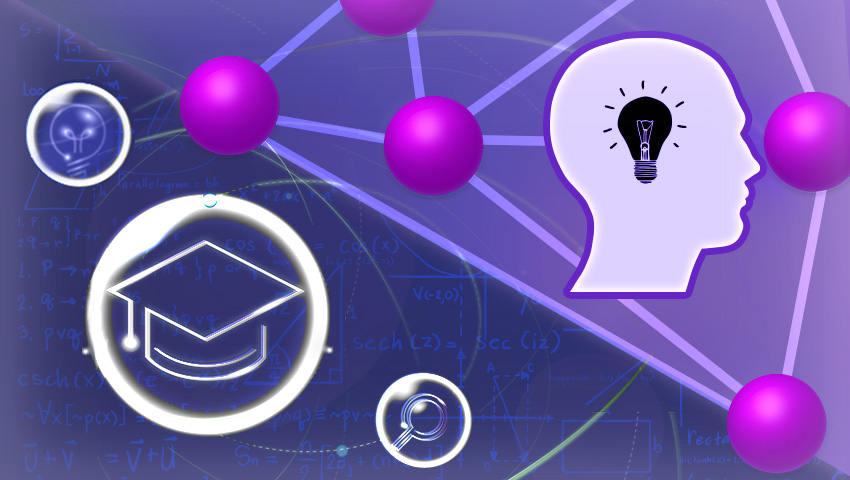

Researchers from MIT and the Israeli Institute of Technology Technion have developed an innovative algorithm that could revolutionize the way machines are trained to solve uncertain real-world situations. Inspired by the human learning process, this algorithm dynamically decides when the machine should imitate its “teacher” (called imitation learning) and when it should explore and learn through trial and error (called reinforcement learning).
The core idea of the algorithm is to strike a balance between two learning methods. Instead of relying on brute-force trial and error or a fixed combination of imitation and reinforcement learning, the researchers trained two student machines simultaneously. One student utilized a weighted combination of both learning methods, while the other student relied solely on reinforcement learning.
The algorithm continuously compared the performance of the two students. When students who were guided by a teacher achieved better results, the algorithm increased the proportion of imitation learning for training. Conversely, when students who relied on trial and error showed promising progress, the algorithm focused more on reinforcement learning. By dynamically adjusting its learning approach based on performance, the algorithm has proven to be adaptive and more effective in teaching complex tasks.
In simulation experiments, researchers trained machines to navigate mazes and test how they manipulate objects. This algorithm has shown excellent performance and a nearly perfect success rate using only imitation or reinforcement learning. The results were promising and demonstrated the algorithm’s potential for training machines for challenging real-world scenarios, such as robot navigation in unfamiliar environments.
Pulkit Agrawal, director of the Improbable AI Lab and assistant professor in the Computer Science and Artificial Intelligence Laboratory, highlighted the algorithm’s ability to solve difficult tasks that previous methods struggled with. Researchers believe that this approach could lead to the development of superior robots capable of complex object manipulation and movement.
Moreover, the algorithm’s applications extend beyond robotics. It has the potential to improve performance in various fields using imitation learning or reinforcement learning. For example, it can be used to train a smaller language model by leveraging knowledge of a larger model for a specific task. Researchers are also interested in exploring the similarities and differences between machine learning and human learning for teachers, with the goal of improving the overall learning experience.
Experts not involved in the study expressed enthusiasm about the robustness of the algorithm and its promising results across a variety of domains. They highlighted potential applications in areas related to memory, reasoning, and tactile sensing. The algorithm’s ability to leverage previous computational operations and simplify the trade-off of learning objectives leads to exciting developments in the field of reinforcement learning.
As research continues, these algorithms could pave the way for more efficient and adaptable machine learning systems, bringing us closer to developing advanced AI technologies.
Learn more about the research in the paper.


